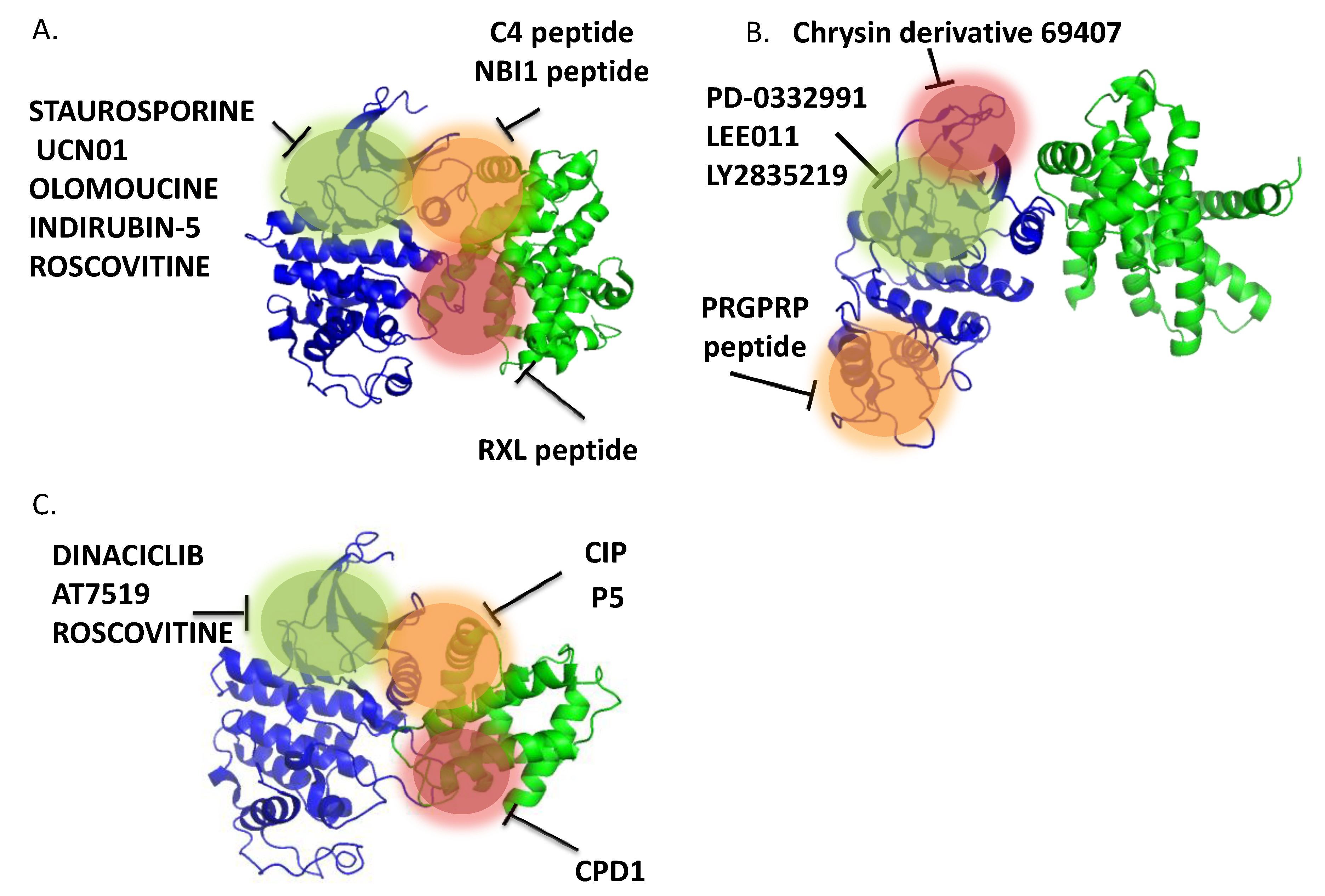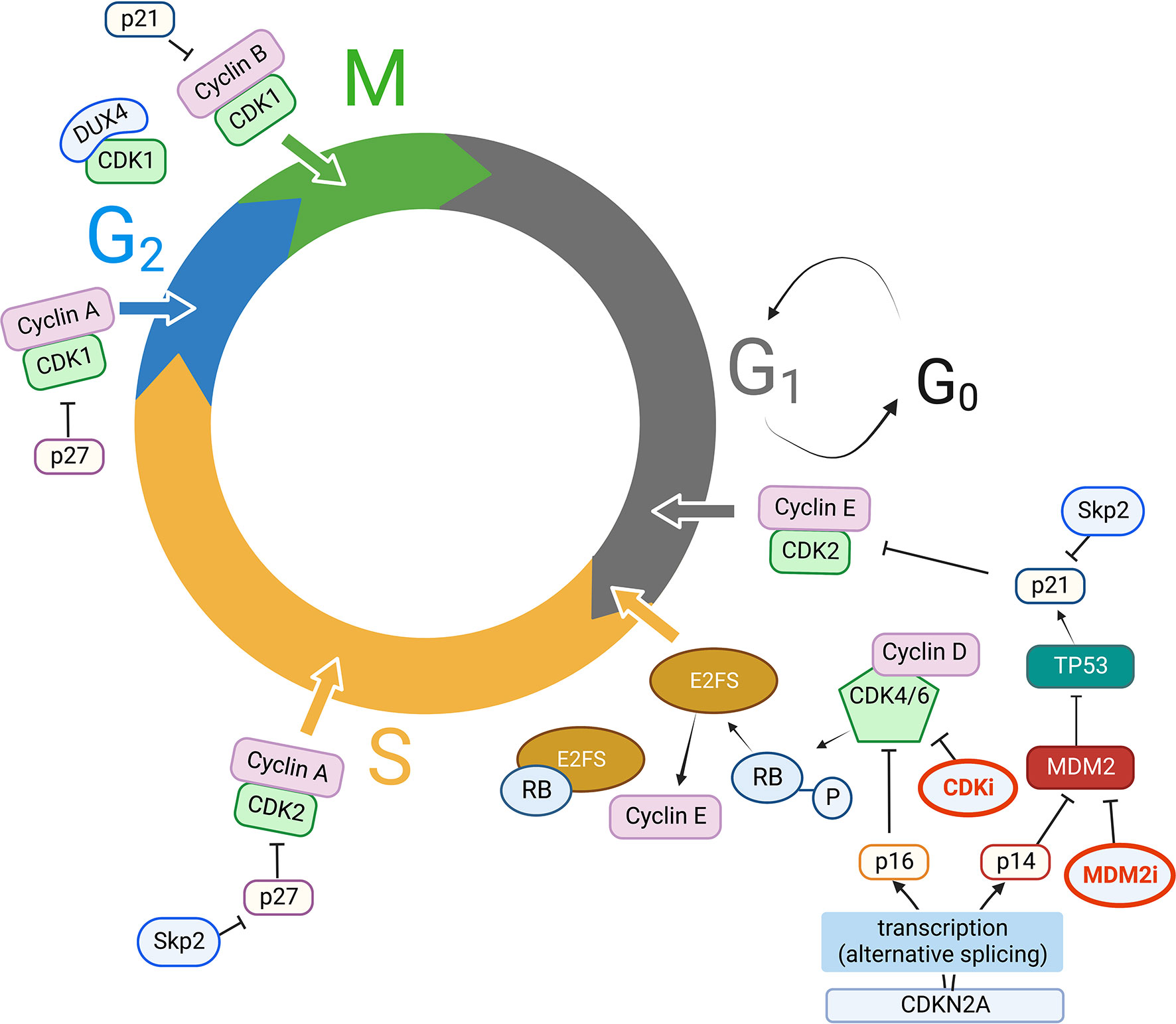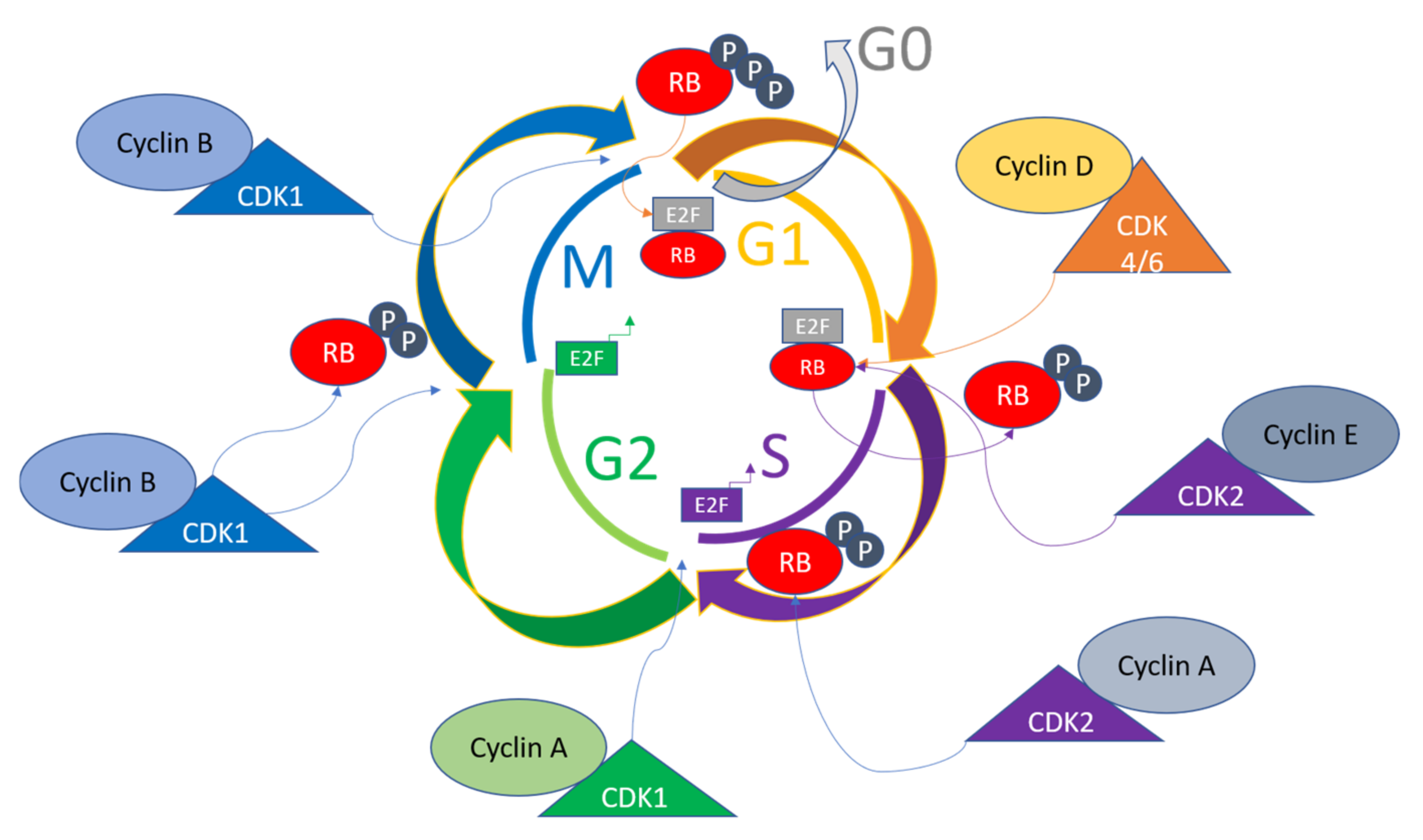Targeting CyclinDependent Kinases in Human Biology Diagrams For example, yeast have only a single CDK, whereas vertebrates have four different ones. As their name suggests, CDKs require the presence of cyclins to become active. Cyclins are a family of Simplified schematic of the regulation of cyclin-dependent kinase (CDK)5 activity. Involvement of CDK5 in various biological processes. Knowing that CDK5 acts as a major factor during embryonic development of the central nervous system and maintains the entire neurogenesis process during adulthood, the aberrant CDK5 activity result in severe disruptions in synaptic homeostasis. The transcriptional cyclin-dependent kinase, CDK7, mediates transcriptional addition to a vital cluster of genes in TNBC, and CDK7 inhibition is a useful therapy for TNBC patients . Thus, different mechanisms exist across various BC subtypes. 4. Targeting CDKs in BC Therapy

Cyclin Dependent Kinases (CDKs) are closely connected to the regulation of cell cycle progression, having been first identified as the kinases able to drive cell division. In reality, the human Cyclin-Dependent Kinase Functions. CDKs are serine/threonine kinases that regulate the cell cycle and transcription by phosphorylating specific proteins. Their activity is controlled by cyclins, which bind to CDKs and induce conformational changes that enable substrate recognition and catalytic function. This interaction ensures precise cell Two groups of proteins, cyclins and cyclin-dependent kinases (Cdks), are responsible for promoting the cell cycle. Cyclins regulate the cell cycle only when they are bound to Cdks; to be fully active, the Cdk/cyclin complex must be phosphorylated, which allows it to phosphorylate other proteins that advance the cell cycle.

Cell cycle, Checkpoints, Cyclins and Its Types: Introduction, External ... Biology Diagrams
The cyclins, cyclin-dependent kinases (CDKs), CDK inhibitors (CKIs), and checkpoint proteins are examples of these internal signals that keep an eye on cellular parameters like cell growth, chromosome alignment, and DNA integrity. Protein kinases are the enzymes that activate or inactivate other proteins. They do these by phosphorylation. Using the mitotic cyclin/cdk complex as an example, the cyclin (cdc13) and cdk (cdc2) come together to form an inactive complex. The cdk is then phosphorylated by wee1, a kinase. The phosphate it puts on tyrosine-15 is needed for the rest of the activation sequence, but it is inhibitory: it actually prevents final activation.
